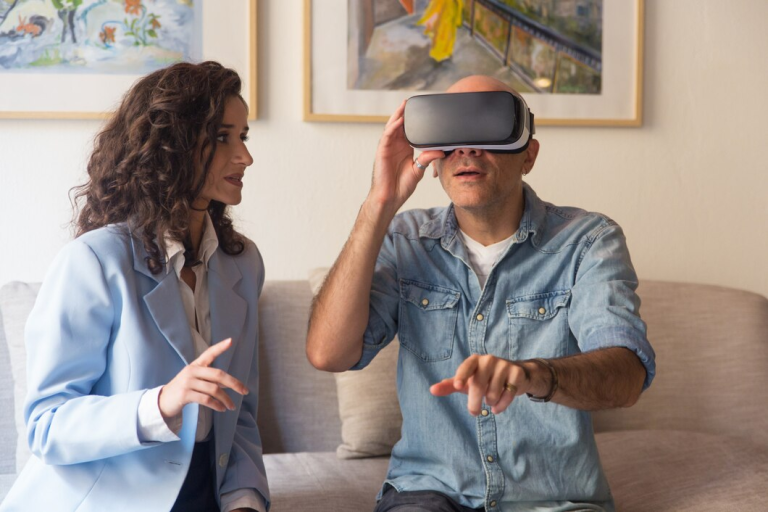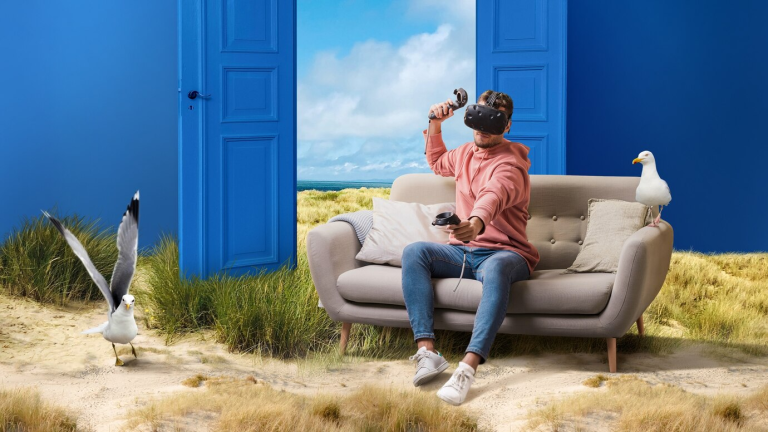The advent of virtual reality (VR) has introduced a revolutionary way of visualizing architectural designs. At VRchitects, we’ve witnessed the transformative power of VR compared to traditional methods. Here, I’ll break down the pros and cons of VR versus traditional architectural visualization.
Pros of Virtual Reality
Immersive Experience
VR allows clients to virtually walk through and interact with a space, offering a lifelike experience that traditional blueprints and 2D models cannot match.
Real-Time Feedback
With VR, clients can provide instant feedback during virtual walkthroughs, enabling real-time modifications and a more dynamic design process.
Enhanced Communication
VR reduces misunderstandings by providing a clear, visual representation of the design, ensuring everyone is on the same page.
Cons of Virtual Reality
High Initial Cost
Implementing VR technology requires a significant investment in equipment and software, which can be a barrier for smaller firms.
Learning Curve
Architects and clients may need time to adapt to the new technology and learn how to navigate and utilize VR effectively.
Pros of Traditional Visualization
Familiarity
Traditional methods like blueprints, 2D models, and physical mock-ups are familiar to most clients and professionals, making them easy to understand and use.
Cost-Effective
For smaller projects, traditional visualization methods can be more cost-effective and require less investment in new technology.
Simplicity
Traditional methods can sometimes offer a straightforward approach without the complexity of VR technology.
Cons of Traditional Visualization
Limited Perspective
Traditional methods cannot offer the same immersive, detailed experience as VR, making it harder for clients to fully grasp the design.
Slower Feedback Loop
Modifying designs based on client feedback can be slower with traditional methods, potentially delaying the project timeline.
Potential Misunderstandings
Without a lifelike representation, clients may misinterpret design elements, leading to potential issues during construction.
Conclusion
Both virtual reality and traditional architectural visualization have their pros and cons. While VR offers an immersive and interactive experience, traditional methods provide familiarity and simplicity. At VRchitects, we leverage the strengths of both approaches to deliver the best outcomes for our clients.






